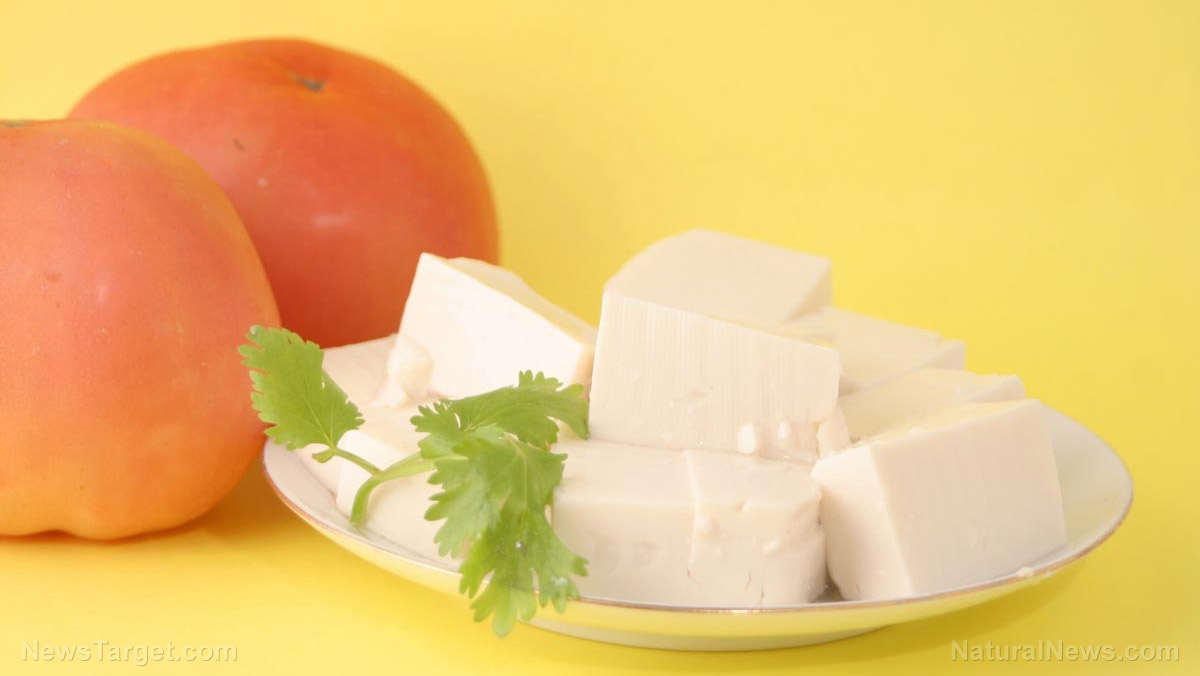Nutrition bombshell as medical establishment FINALLY admits food is more than the sum of its nutritional parts
05/30/2017 / By Isabelle Z.

Some people live and die by the nutritional labels on their food, relying on them to guide their eating choices and laboriously counting every last gram of fat. Many people have long known that this is not the best way to compare two foods – for example, a processed snack might be lower in fat and calories than nuts, but it’s loaded with artificial sweeteners and other chemicals – and now it appears that the medical establishment is finally preparing to admit the errors of its ways.
A panel of 18 experts in fields like nutrition, medical science food and epidemiology have concluded that a food’s nutritional value should not be evaluated based solely on the individual measurements of nutrients it contains; instead, it should be assessed based on the food as a whole.
After wondering why the effects of some foods did not seem to match up with what scientists would expect based on their nutritional content, they decided to look at the bigger picture. When assessing food in context, a more accurate picture emerged. They found that interactions between nutrients in food have a big influence on their overall health impact. This effect can be illustrated by two foods in particular: cheese and almonds.
Cheese
Anti-fat diet gurus have long given cheese a bad name on account of its high fat content, but scientists found that dairy products like cheese actually have a lower effect on a person’s blood cholesterol than their saturated fat content would indicate. The panel also found that cheese and yogurt had a greater benefit for bone health and body weight and posed less of a cardiovascular disease risk than their calcium and saturated fat contents would have you believe. The researchers said that hard cheese’s combination of nutrients mean that a higher proportion of its fat passes straight through a person’s gut rather than being stored by the body.
100% organic essential oil sets now available for your home and personal care, including Rosemary, Oregano, Eucalyptus, Tea Tree, Clary Sage and more, all 100% organic and laboratory tested for safety. A multitude of uses, from stress reduction to topical first aid. See the complete listing here, and help support this news site.
The University of Copenhagen’s Nutrition, Exercise and Sports Department Head Arne Astrup said that the misunderstood food has important health benefits when it comes to preventing cardiovascular disease, type 2 diabetes, and some types of cancer. She ascribes these positive effects to a complex interaction that takes place between bioactive cheese ingredients, beneficial bacteria, and minerals.
This supports the findings of a study from the University of Bergen in Norway which found that the risk of cardiovascular disease was not increased in obese men who consumed high amounts of total and saturated fat from minimally processed sources like cheese, butter, coconut oil and cream. Moreover, they actually noted reductions in blood glucose, insulin, blood pressure, ectopic fat storage and blood lipids on this type of diet, even when their total caloric intake was increased! Researcher Johnny Laupsa-Borge said at the time that the quality of the food we eat is far more important than its quantity of carbohydrates and fats.
Almonds
Almonds are another example a food that is better for you than it might initially appear by looking solely at certain nutrients. While some people are turned off by the fact that almonds contain a lot of fat, scientists have learned that they release less fat than one might expect during digestion.
The meeting’s Co-Chair, University of Reading Food Chain Nutrition Professor Ian Givens, expressed something that you probably already know if you’re a regular Natural News reader: “More studies are needed, but ultimately it seems that some areas of nutrition science need to be rethought. We cannot focus on a nutrient without looking at how it is consumed and what else is eaten at the same time.”
Tanja Kongerslev Thorning, the report’s first author, added: “This means that some foods may be better for us, or less healthy, than is currently believed.
Sources include:




















